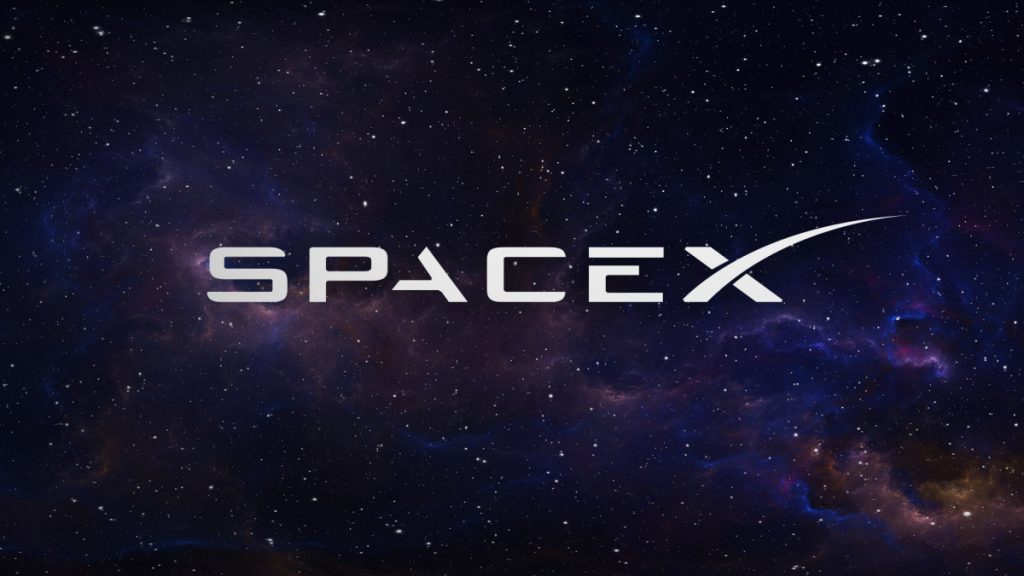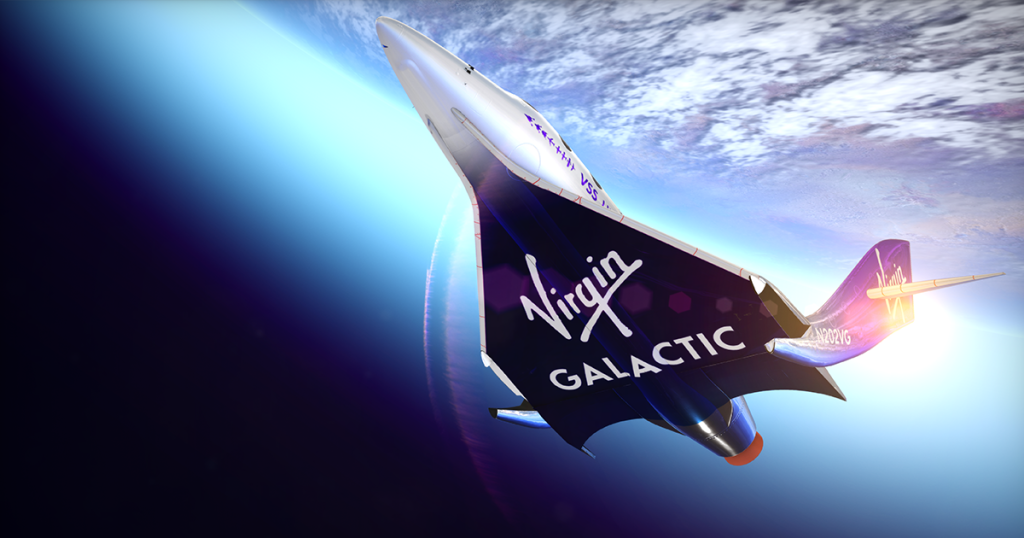Space tourism—once a distant dream fueled by the imagination of writers and filmmakers—is swiftly becoming a reality. As human ingenuity continues to break barriers, the idea of venturing beyond Earth’s atmosphere is not only enticing but increasingly achievable. This is the dawn of a new frontier in travel, where the limits of the sky no longer confine our aspirations.
The Birth of Space Tourism: From Fantasy to Reality
Space tourism has its roots in the stories of visionaries long before it became a practical consideration. One of the earliest influences is Jules Verne’s classic novel From the Earth to the Moon, which captured the imaginations of many and laid the foundation for the concept of human space travel. Throughout the 20th century, the allure of exploring space became intertwined with science fiction. Films and books depicted futuristic voyages, inviting audiences to dream of traveling to the stars.
However, it wasn’t until the late 20th century that these dreams started to take shape. In the early 2000s, the first hints of space tourism began to emerge. Dennis Tito, an American engineer, became the world’s first space tourist when he paid millions to travel to the International Space Station (ISS) aboard a Russian spacecraft in 2001. This groundbreaking event marked the beginning of commercial human spaceflight.
The space tourism landscape has evolved dramatically since then, with numerous private companies stepping up to turn what was once science fiction into tangible reality. This leap has made it clear: the age of space tourism is here, and it’s only just beginning.
Space Tourism Pioneers: Leading the Charge
A few key players are at the forefront of the space tourism movement, pushing the boundaries of what’s possible. These pioneering companies and visionaries are racing to make space travel more accessible, safe, and affordable.
1. SpaceX: Revolutionizing Orbital Travel

One of the most prominent names in space exploration is SpaceX, led by visionary entrepreneur Elon Musk. SpaceX has already made headlines with its reusable rockets, drastically reducing the cost of space missions. With its Crew Dragon spacecraft, SpaceX has proven its capabilities in carrying astronauts to the ISS, and it has ambitious plans to offer space tourists orbital flights around the Earth and even to the Moon. Musk’s ultimate goal is to make space travel affordable enough for regular people and eventually facilitate human settlement on Mars.
2. Blue Origin: Opening the Gateway to Space

Founded by Amazon’s Jeff Bezos, Blue Origin has a slightly different approach to space tourism. With a focus on suborbital flights, the company’s New Shepard rocket is designed to take passengers to the edge of space, where they can experience a few minutes of weightlessness and witness the stunning view of Earth from above. Blue Origin’s vision doesn’t stop at short trips, however. The company also has long-term plans for building infrastructure in space, including habitats and transport systems for future space travelers.
3. Virgin Galactic: Making Space Accessible

Richard Branson’s Virgin Galactic has become one of the first companies to offer commercial suborbital spaceflights to paying passengers. With its VSS Unity spacecraft, Virgin Galactic aims to make space tourism a reality for adventure seekers who want to experience space without the rigorous training required for professional astronauts. Passengers aboard Virgin Galactic flights can float in microgravity and enjoy breathtaking views from the edge of space.
These pioneering companies are rewriting the rules of space exploration. By developing reusable rockets, refining spacecraft design, and making space travel more commercially viable, they are bringing humanity closer to the stars.
Space Tourism Today: What It Looks Like
Currently, space tourism exists in its nascent stages, with different companies offering varying levels of experiences. The two most common types of space tourism today are suborbital flights and orbital missions.
Suborbital Flights
Suborbital flights are the most accessible and shortest form of space tourism. Passengers aboard suborbital flights, like those offered by Virgin Galactic and Blue Origin, are launched to the edge of space, typically reaching an altitude of around 100 kilometers. Here, they experience a few minutes of weightlessness and can see the curvature of Earth against the blackness of space. These flights typically last just a few hours, and they offer a taste of space without requiring extensive astronaut training.
Orbital Missions
For those looking for a more immersive experience, orbital missions are on the horizon. SpaceX is leading the charge in this area, with plans to send private individuals into orbit for several days. Future missions could involve extended stays at private space stations or lunar flybys. While these experiences are currently far more expensive and require more preparation, they represent the next step in space tourism’s evolution.
Challenges Facing Space Tourism
Despite the enthusiasm surrounding space tourism, the industry still faces several challenges that must be addressed before it can become a mainstream form of travel.
1. High Costs
Perhaps the biggest barrier to space tourism today is the cost. Tickets for suborbital flights typically cost hundreds of thousands of dollars, while orbital missions can run into the tens of millions. Although companies like SpaceX and Blue Origin are working to reduce these costs through innovations such as reusable rockets, space travel remains prohibitively expensive for most people. However, as technology improves and competition increases, prices are expected to decrease over time.
2. Safety Concerns
Space travel, even in its non-lethal forms, carries inherent risks. High-altitude rockets are complex machines, and even minor malfunctions can lead to catastrophic outcomes. Companies in the space tourism industry must work to ensure that safety standards are rigorous and continuously improved. Extensive training for passengers is also necessary to prepare them for the unique physical and psychological challenges of space travel.
3. Environmental Impact
One of the less-discussed challenges of space tourism is its environmental impact. Rocket launches release significant amounts of carbon dioxide and other pollutants into the atmosphere. As the industry grows, it will need to address concerns about sustainability and develop greener alternatives to traditional propulsion methods.
The Future of Space Tourism: A New Frontier
Despite the obstacles, the future of space tourism looks incredibly promising. Technological advancements, combined with increased competition among space companies, are likely to drive down costs and make space travel more accessible in the coming years.
1. Luxury Space Travel
In the not-too-distant future, we may see luxury space hotels and resorts offering longer stays in space. Concepts for space habitats, complete with panoramic views of Earth and all the comforts of home, are already in the early planning stages. These space hotels could offer everything from gourmet dining in zero gravity to spacewalks with breathtaking views of our planet.
2. Moon and Mars Tourism
As companies like SpaceX continue to push the envelope, we could also see the advent of lunar and Martian tourism. While it may take several decades for this to become a reality, the idea of spending a vacation on the Moon or Mars is no longer just a pipe dream.

